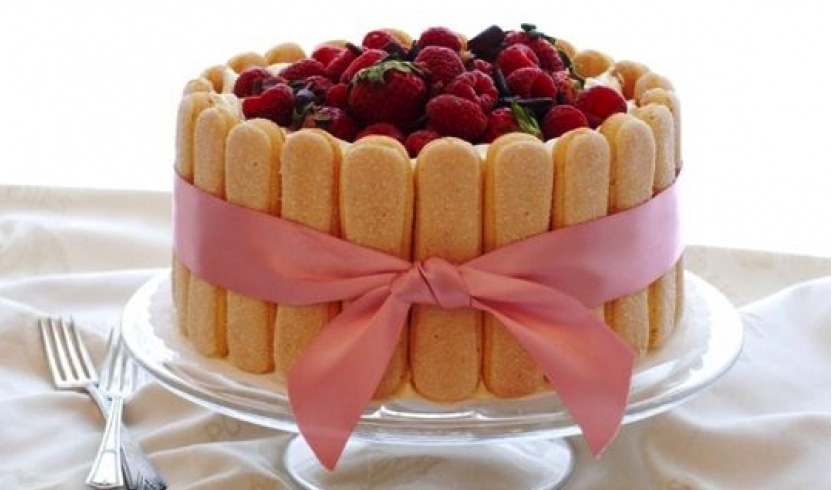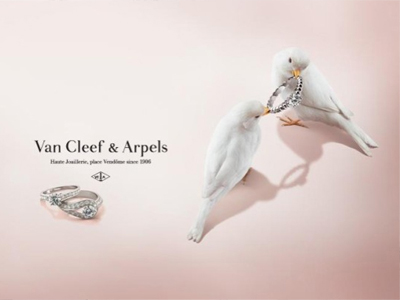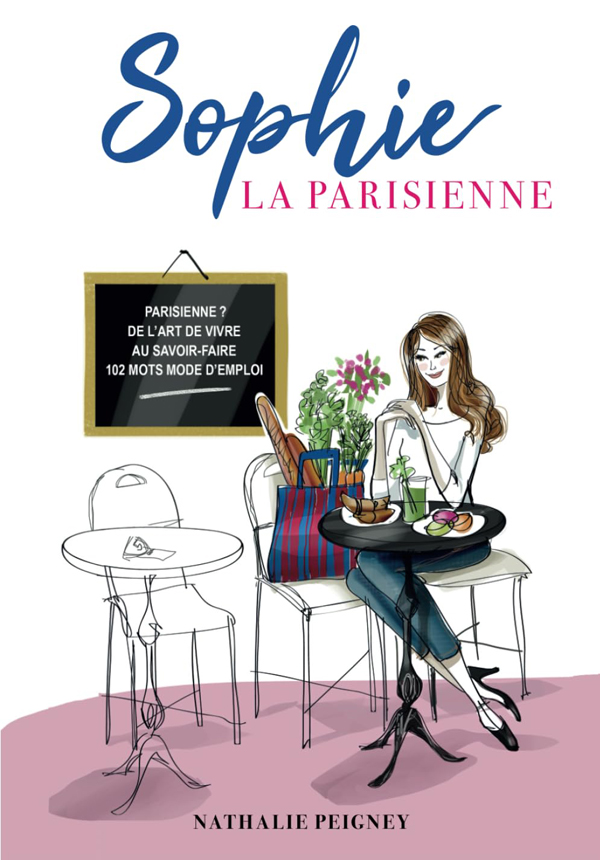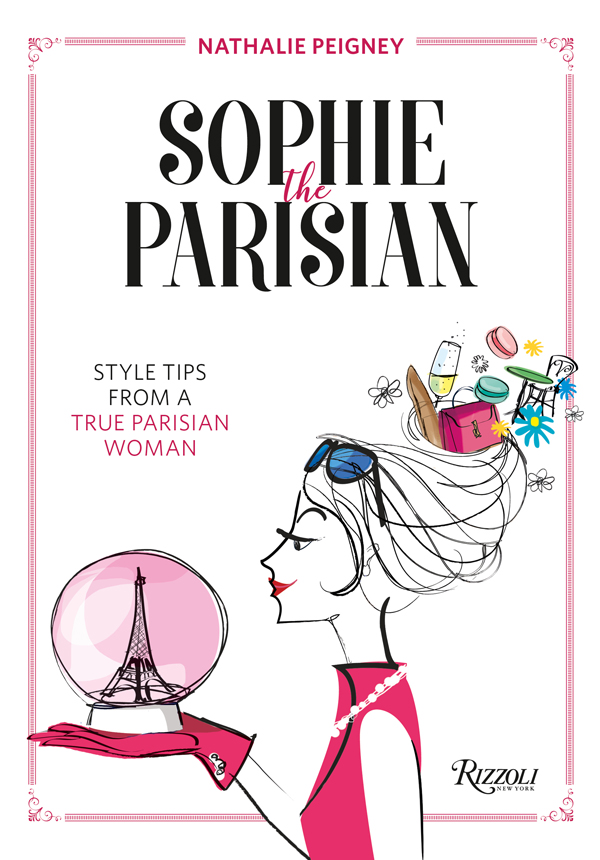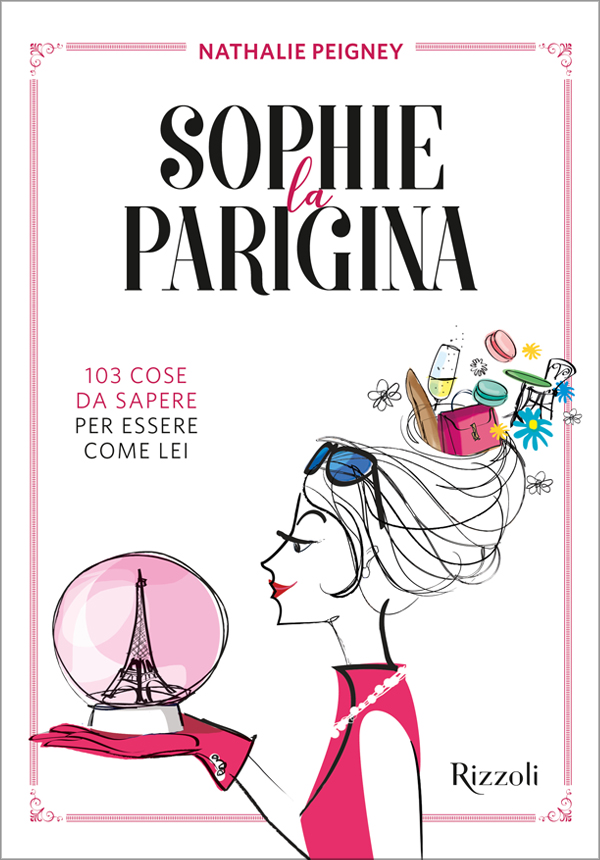Edward VII was a fan of crêpes, Henry IV launched the fashion for "poule au pot" (chicken in broth), Chantilly cream celebrated 400 years... All these stories are part of the French culinary heritage, and to know them is to give the final brushstroke to the identity of the dish, in the same title as its area of origin and its flavors.
Here are a few gems of culinary culture. It is up to you to tell them, these stories, at your next lunches in town!
La chouquette
A particularly popular treat among Parisians. As far back as the 16th century it was sold in the streets of Paris, by merchants who shouted, "Choux, hot little choux!" At that time, and until the 17th century, the composition of choux (i.e., cream puffs) was based on a specific cheese, intended precisely for their making. Only at the end of the 17th century do we find a recipe for choux without cheese, which basically resembles that of our current chouquettes.
The tarte of the Tatin sisters
There are many tales about the birth of the tarte Tatin, but the one I like, is this one, so chic!... Invited to a friend's house, the Tatin sisters had prepared a tarte (i.e., a cake), which unfortunately spilled, falling upside down on the floor along the way. Upon reaching their destination, the two sisters found themselves forced to present the tarte upside down. A misadventure that became, in time, a must!
Le pets-de-nommes (The "smelly" nuns).
According to legend, a nun at Marmoutier Abbey escaped a "stink" while standing in the kitchen, intent on preparing a feast. The other nuns burst out laughing, and from their laughter they dropped a spoonful of choux pastry into a pan full of hot oil. Thus was born the famous little cream puff, also called, more demurely, "nun's sigh."
Hachis Parmentier (Parmentier potato pie).
Augustin Parmentier was attaché pharmacist at the Hôtel Royal des Invalides in 1771. Convinced that potatoes were the ideal solution to the episodes of famine that France was experiencing, he popularized them and invented his hachis (potato pie with minced meat). It cannot be said that Louis XIV was crazy about them, but - nevertheless - the spread of the tuber and this dish in culinary preparations is encouraged.
La pâte feuilletée (The puff pastry).
Some attribute its creation to Feuillet, pastry chef to Marshal de Condé in the 17th century. But the paternity attributed to it with greater certainty is that it would go back to the French painter Claude Gellée, known as "the Lorenese," a former pastry chef who allegedly created the famous pastry, purely by chance, while he was doing a culinary "test."
The Paris-Brest
The true identity of the creator of the Paris-Brest remains unknown. According to the Larousse gastronomique, it would be a pastry chef from the Parisian suburbs who created it in 1881, on the occasion of a bicycle race that took place from Paris to Brest. He would be the one to distribute his sweet creations to the crowd along the route. Various forms of the Paris-Brest exist. The best known is the doughnut shape, which symbolizes the wheel of a bicycle.
La poule au pot (The chicken in broth).
Henry IV used to say, "I want every farmer in my kingdom to be able to put the poule au pot on Sunday" (i.e., put the hen in the pot). That said, poule au pot became one of the mainstays of French culinary tradition.
Chantilly cream
In 1610, the Sun King was received in Chantilly by the Prince of Condé. François Vatel, the prince's intendant general, organized the festivities. For the occasion, he would invent the cream, which has since been christened "Chantilly" and recently celebrated its 400th anniversary.
La crêpe Suzette
1816, Monte Carlo, Café de Paris. Preparing crêpes for the Prince of Wales, an apprentice drops liquor on the stove. He extinguishes the flames with sugar and presents the "new" recipe to the prince, who then asks a café customer her name: "Suzette!" she replies.
The biscuits à la cuillère (The ladyfingers).
They owe their name to the process by which they were given a spoon shape. These treats came to France in the wake of Catherine de Medici's confectioners. The famous cook Carême gave them their present, more elongated shape in response to the wish of the Prince of Talleyrand, who liked to dip them in a glass of madeira. This was in 1383, when Count Amadeus of Savoy made the first Savoy-inspired sweet, which was called a Savoy "cookie." Since then, numerous recipes have been created, on which industrial preparations are still based.
The chaud-froid
One evening in 1759, the Marshal Duke of Luxembourg, who on that very occasion hosted a reception at his chateau in Montmorency, is summoned to the Chateau de Versailles. Upon his return, late at night, he finds the fricassee he had had to hastily abandon. The gelatinous liquid that had dripped from the dish, mixed with the cream, gives a shiny and appetizing appearance to the pieces of meat. The Duke, overjoyed at the good outcome-absolutely accidental-of the dish, urges his cook to perfect it, and that is how chaud-froid (i.e., hot-cold) was born.
The vol-au-vent
Marie Leszczynska commissioned the court cooks to create a dish that would "awaken the ardors of that butterfly husband of hers"; a custom-made vol-au-vent, elegantly dubbed the "queen's morsel" by the court. A marvel had been born.
La sole "meunière"
Highly prized at the court of King Louis XIV, sole is one of the most widely used "noble" fish in French gastronomy. The term "meunière" (miller-style) refers to the miller, the artisan who makes the wheat flour, as the sole is floured before cooking.
The frangipane
Queen Catherine de'Medici had retained a passion for sweet and savory polenta from her native Italy. In Paris, however, cornmeal was unavailable. The court master pastry chef then set up a similar preparation, binding it, however, with wheat flour, while the cream, a sort of very thick pastry, is enriched with crushed macarons and finished with fresh butter. This recipe is dedicated to Count Cesare Frangipane, a friend of the queen, and will be the basis for many pastry recipes, including the famous Bourdaloue cake.
La poire Belle-Hélène (The Beautiful Helen Pear).
A singer was the inspiration for this recipe! This delicious dessert dates back to 1864, the year when Offenbach's operetta of the same name triumphed, whose protagonist, the beautiful Hortense Schneider was-so the rumor ran-the mistress of Napoleon III.
The charlotte
The charlotte was created in the early 19th century as a tribute to the wife of England's King George III, Queen Charlotte. Prepared in a tall mold with flared edges, the dessert was made with buttered bacon or brioche, then filled with a fruit compote. It would have to be several years later, still in the 1800s, to see a recipe approaching that of the present charlotte. Credit is due to Antonin Carême, a French pastry chef and confectioner: he would be the one to adapt the recipe, lining the mold with ladyfingers and Bavarian cream. The dessert was named "Bavarian-style charlotte."

